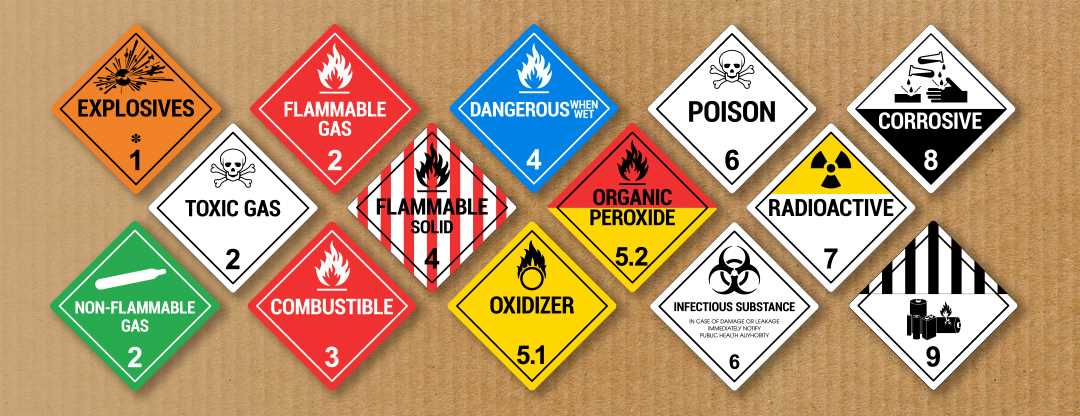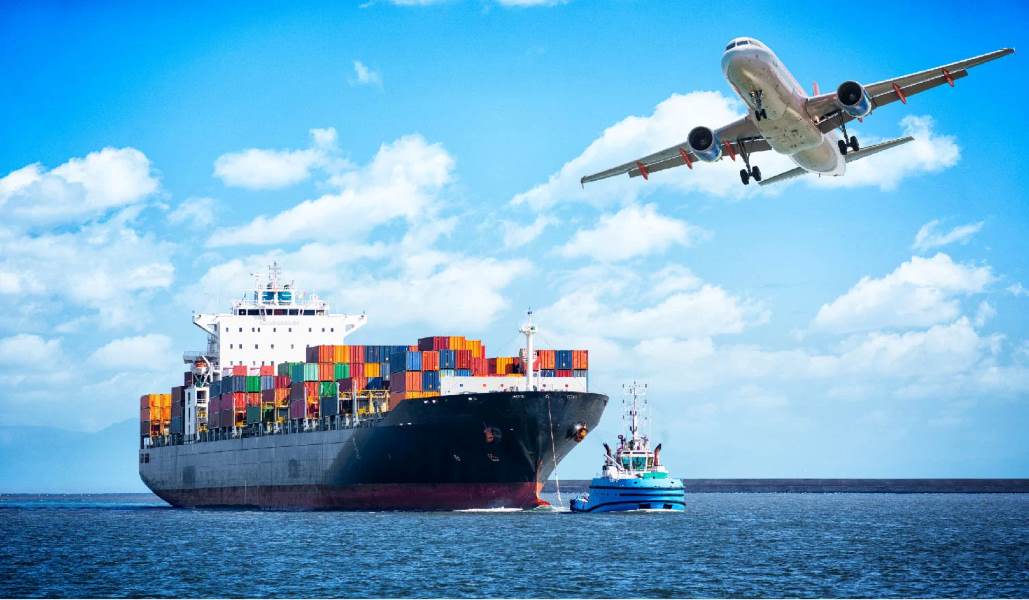The transport of dangerous goods is a highly technical and demanding logistics service that requires strict compliance with various regulations and standards to ensure the safety of people, goods and the environment
This article will explore in detail the various aspects of transporting dangerous goods from China so that companies and logistics practitioners can better understand how to transport dangerous goods in a compliant and safe manner.

What are Dangerous Goods
Dangerous goods are substances or items that may cause harm to people, property, and the environment during transportation, storage, and handling. These substances are usually flammable, explosive, corrosive, toxic and other properties
Classification of Dangerous Goods
According to the International Maritime Dangerous Goods Code, dangerous goods are generally divided into the following categories:
- Explosives: fireworks, dynamite
- Gases: compressed gas, liquefied gas
- Flammable liquids: gasoline, methanol
- Flammable solids: phosphorus, sulfur
- Oxidizing substances and organic peroxides: hydrogen peroxide, sodium nitrate
- Toxic and infectious substances: arsenic
- Radioactive substances: uranium, cobalt-60
- Corrosive substances: sulfuric acid
- Miscellaneous dangerous substances and articles: dry ice, magnetic materials, lithium batteries
China’s Regulations on the Shipping of Dangerous Goods
In China, the transportation of dangerous goods is strictly regulated. The following are the main regulations:
- Regulations on the Safety Management of Hazardous Chemicals: stipulates the safety management requirements for the production, transportation, storage and other aspects of dangerous chemicals.
- Regulations on the Management of Road Transport of Dangerous Goods: detailed regulations on the road transportation of dangerous goods.
- General Technical Conditions for Dangerous Goods Transport Packaging: clarifies the technical standards for the packaging, labeling and inspection of dangerous goods.
- International Maritime Dangerous Goods Code (IMDG): the main specification for international maritime dangerous goods.
Compliance with these regulations and technical standards is a prerequisite for corporate compliance and safe transportation.
How to Ship Dangerous Goods from China
Transporting dangerous goods from China requires strict regulations and processes to ensure safe and compliant transportation. Here are the detailed steps for transporting dangerous goods:
Choose the right supplier
Choose a qualified and experienced supplier to ensure that the supplier has the relevant qualifications and certificates for the production and export of dangerous goods.
Confirm the category and packaging requirements of dangerous goods
- Classification identification: First determine the category and UN number of the dangerous goods. Dangerous goods are usually divided into nine categories (such as flammable liquids, corrosive substances, toxic substances, etc.), and the transportation regulations for each category of dangerous goods are different.
- Labeling requirements: The outer packaging of dangerous goods must be affixed with labels that comply with international standards. The labels should include the dangerous goods category number, the United Nations number (UN number) and warning signs for relevant personnel to identify.
- Labeling requirements: The label should include the name of the goods, the hazard category and handling precautions. The logo and label must use international common symbols and be marked in English for global recognition.
Prepare relevant documents
- Dangerous Goods Declaration (DGD): The declaration form must list the name, category, UN number, packaging method, net weight and gross weight of the goods in detail.
- Safety Data Sheet (SDS): SDS contains the composition, hazards, handling and emergency treatment information of chemicals. This document is an important reference for dangerous goods transportation.
- Dangerous goods transportation license: In some countries or regions, it is necessary to apply for a dangerous goods transportation license from the local relevant departments.
Customs declaration and customs clearance preparation
- When exporting dangerous goods in China, it is necessary to declare to the customs and provide dangerous goods instructions, safety data sheets (SDS), transportation declaration forms, packaging certificates and other information.
- In the importing country, it is also necessary to declare to the customs and follow the local dangerous goods import regulations. Make sure that the destination country has legal permission to receive dangerous goods.
Safety inspection and loading
- Check the packaging: Confirm the integrity of the dangerous goods packaging again before loading to ensure that there is no leakage or damage.
- Separation and isolation: Different categories of dangerous goods need to be isolated according to the regulations of IMDG or IATA to avoid chemical reactions. For example, flammable substances should be kept away from oxidants.
- Loading and securing: Load and secure the goods according to regulations to avoid movement or dumping during transportation. After the goods are loaded, the dangerous goods need to be isolated with appropriate protective materials.
Choose the right mode of transport
The main modes of transport for dangerous goods are sea freight, air freight and rail freight. The specific choice depends on the type of goods, transportation distance and safety requirements.
Customs clearance and delivery at the destination
- After arriving at the destination, declare to the local customs and complete the customs clearance process. Usually, documents such as cargo list, SDS, safety certificate, etc. are required.
- After customs clearance is completed, arrange for the dangerous goods to be delivered to the consignee. Confirm that the goods are packaged intact and meet safety and regulatory requirements.

Cost of Shipping Dangerous Goods from China
The cost of shipping dangerous goods from China is usually higher than that of shipping ordinary goods, because dangerous goods have stricter safety requirements during transportation and the operations involved are more complicated. The general costs are composed of the following parts:
- Basic freight: charges are based on the volume, weight or container specifications of the goods
- Dangerous goods surcharge: Carriers usually charge a dangerous goods surcharge to cover the additional costs during the loading, storage and transportation of dangerous goods
- Packing costs: Dangerous goods require professional packaging that complies with international regulations to prevent leakage, damage and contamination
- Customs declaration and clearance costs: Dangerous goods customs declaration and clearance costs are usually higher when exporting from China and when clearing customs at the destination, because they require more documents and detailed inspections.
- Emergency and safety handling costs: Emergency equipment fees and special safety operation costs (such as fire prevention measures, leakage prevention measures, etc.) that may be involved in transportation.
The following cost ranges in these articles may help you:
- Shipping from China to USA
- Shipping from China to Turkey
- Shipping from China to Saudi Arabia
- Shipping from China to Germany
- Shipping from China to UAE
- Shipping from China to Tanzania
Why Choose Professional Chinese Freight Forwarder to Ship Dangerous Goods
Professional experience
Professional freight forwarding companies have rich experience in dangerous goods transportation and are familiar with relevant international and national regulations and requirements.
Full process management
Freight forwarding companies can provide full process management services including packaging, warehousing, transportation, customs declaration, etc. to ensure that dangerous goods arrive at their destination safely and smoothly.
Reduce risks
Professional freight forwarding companies can help reduce transportation risks, provide emergency plans and insurance services to ensure the safety of goods.
Learn more: Top 10 Freight Forwarders in China in 2025
Transporting dangerous goods from China involves many steps. Through this article, you can learn about the requirements of each aspect in detail and complete the international transportation of dangerous goods safely and efficiently through a series of safety measures.
